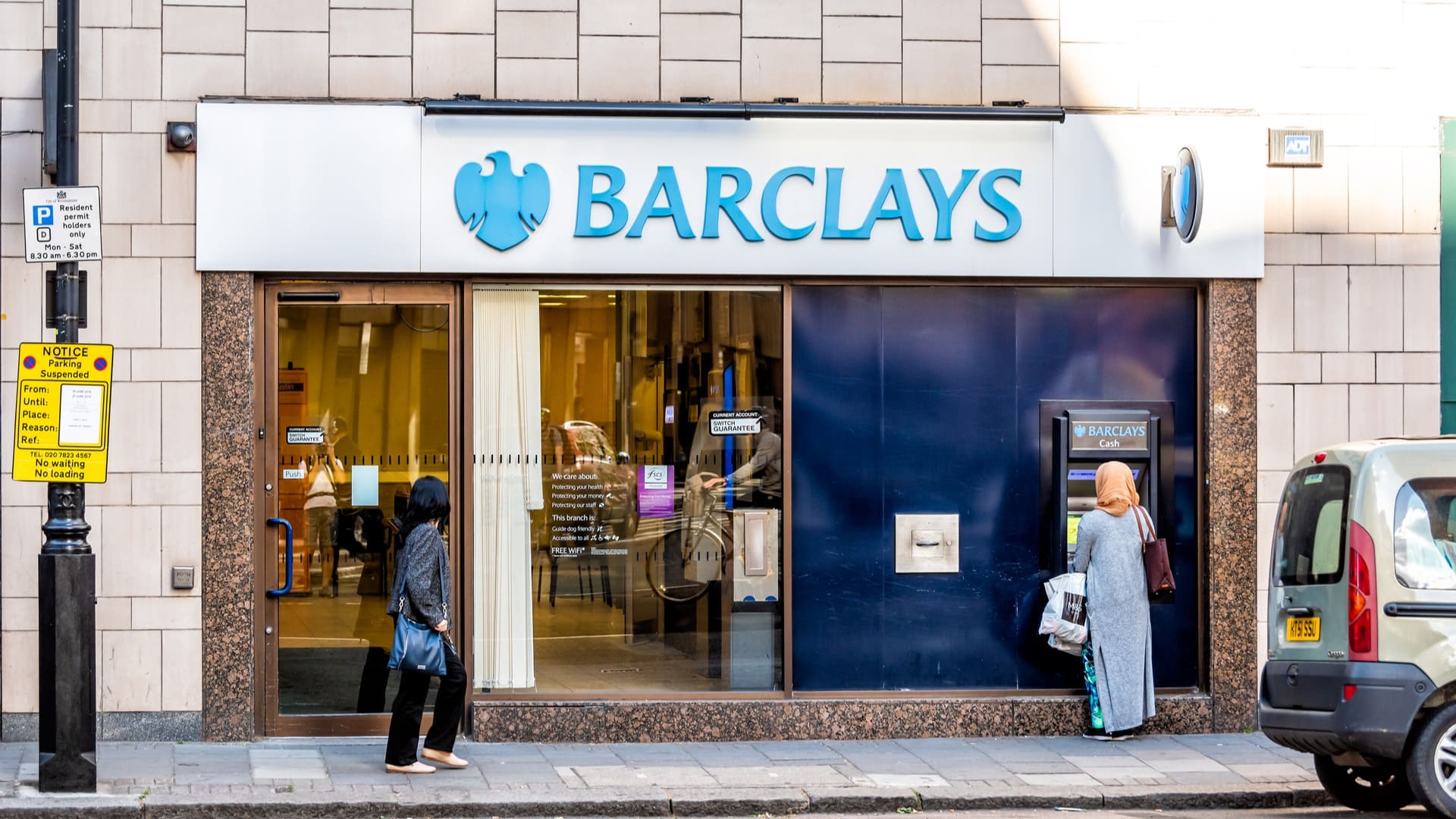- Summary:
- The Barclays share price has given back most of the gains following its bumper H1 trading update, and the elusive 200p level slides further from view.
The Barclays share price has given back most of the gains following its bumper H1 trading update, and the elusive 200p level slides further from view. Earlier in the month, it looked like a sure-fire bet that Barclays plc (LSE: BARC) would achieve what it has failed to do for the last three years and clear 200p. However, for the umpteenth time in 2021, BARC was rejected ahead of the new big figure.
BARCLAYS, the UK’s fourth-largest Bank, differs from many British rivals and operates more akin to a US investment bank. This led the activist investor and major BARC shareholder, Edward Bransom, to push for a more risk-averse approach. However, his bid to change the business model failed, leading him to dump the 6% holding in May.
For the majority of April, the Barclays share price was attempting to trade above 190p. But despite a few brief forays higher, it never managed to exceed it on a closing basis. As a result, the price slid 10% in May before embarking on the next assault at the major resistance. Again in June, Barclays came close before fading at 188.04p and losing 16% over the next month. On the 11th of August, the latest attempt ensued. Although after reaching a high of 187.50p, the share price is once more heading south. So it begs the question, if Barclays cannot punch through resistance following stellar earnings, is the price heading lower?
BARC technical Outlook
Looking at the daily chart, we see a clearly defined horizontal trading banned has formed over the last 9 months. The lower-end, around 160p, was formerly a strong resistance level. This was breached in March in the run-up to the year’s high of 190.50p. Additionally, BARC tested the lower-end of the and in July’s dip to 158p before reversing higher. This represents both the major price support and resistance.
Notably, since failing to breach 190p, the Barclays share price has slipped below the 100-day moving average at 178.84p and is approaching the 50-day at 174.68p. Furthermore, the Moving Average Convergence Divergence (MACD) indicator points lower, as does the Relative Strength Indicator (RSI).
This may lead to BARC progressing below the 100 DMA and working its way south towards the 200 at 165.15p. Although, unless a seriously bearish catalyst emerges, this should hold. However, should it not, the horizontal support at 160p follows.
As long as the price remains below 190p, the outlook is mildly bearish. This, of course, turns positive if BARC uncaps this resistance. But for now, the likeliest path is lower.
Barclays Share Price Chart (Daily)

For more market insights, follow Elliott on Twitter.


